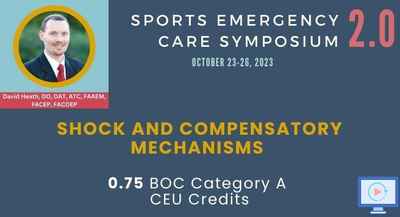General Course Information
Learning Material
43:23
AI Chat Bot
The chat bot may hallucinate. Please double check results.
Copyright © 2025 Action Medicine Consultants, LLC
___MESSAGE___
___MESSAGE___


